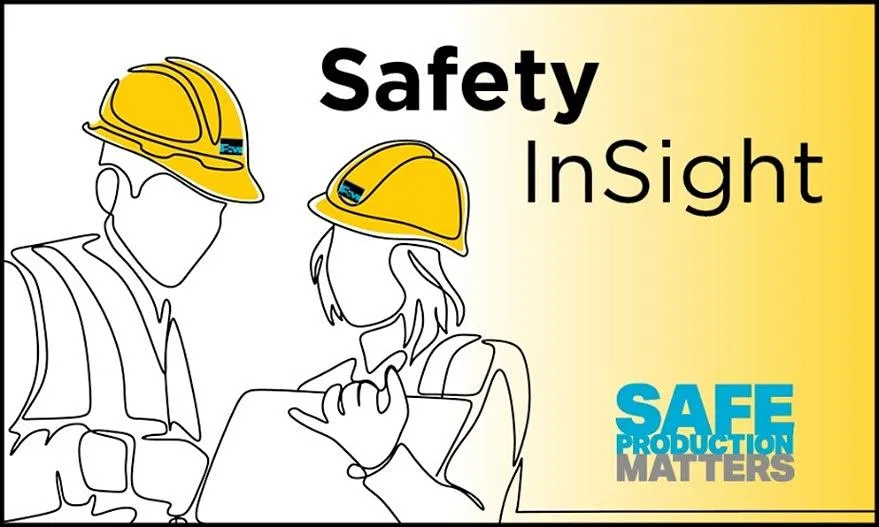Tools are a common part of our everyday lives, but if used the wrong way, can have far-reaching consequences.
From personal injury to equipment damage to poor work quality, there’s no lack of hazards that can be introduced if using the wrong tool, using damaged tools or even using the right tool the wrong way.
Case in point: fly metal risk.
“We have experienced several incidents involving fly metal because of improper tool selection – for example, using hardened-steel hammers on hardened-steel pins and tools instead of using soft blow striking tools made of soft steel, brass or plastic,” said Chris Rose, Director-Occupational Health and PTFI. “This is a primary cause of fly metal accidents, because pieces can easily break off and become a projectile.”
Planning and executing tasks with the right tools not only enhances workplace safety, but also makes work more efficient and productive. That’s because tools are designed for specific tasks, helping streamline processes, eliminate unnecessary steps and achieve results more smoothly. Ultimately, this helps eliminate frustration and stress during work.
“Every day there are examples of success where we used the right tool for the job, and the work is performed safely and efficiently,” Rose said.
Protect yourself and others with these tips for using tools the right way:
- Plan your work – Identify risks and hazards in advance of work starting. Determine what tools are needed to help mitigate the risks. In the case of striking tools, seek alternative methods to eliminate hazards. Supervisors should schedule tasks when the right tools and materials are available and can be used.
- Avoid adaptations – Use tools and equipment as they are intended. Do not use makeshift replacements or adjust tools to be used for unintended purposes.
- Maintain tools – Keeping tools in good condition is crucial to safe performance. Frequently inspect tools and tag out tools that are damaged or require maintenance. Do not use any tools with missing or damaged safety features. For example, using a striking tool with a “mushroomed” face can cause fragments to fly across the work area and impact people.
- Use proper PPE – Always wear the appropriate personal protective equipment for the task. For instance, to protect from fly metal, where a face shield, the right gloves and Kevlar clothing to protect torso, arms and legs.
- Follow manufacturer instructions and standard operating procedures – Make sure you understand and follow all manufacturer instructions and Freeport standard operating procedures. These processes are created to protect you and those around you when performing tasks. Understand the limitations and capabilities of the tools being used. Refer to the company’s Standard Safety Requirements Policy for additional guidance.
